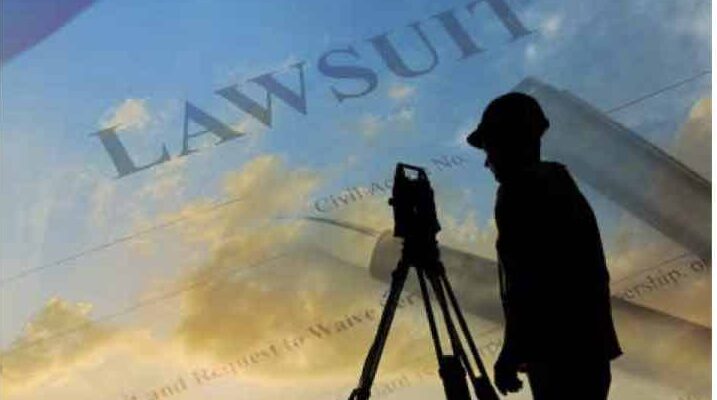What is the “Ultimate Issue Rule” in civil litigation? The Ultimate Issue Rule refers to Rule 704 of the Federal Rules of Evidence. The Federal Rules of Evidence (the Rules) were submitted to Congress by the Supreme Court in 1973, approved and enacted in 1975. They were intended to bring uniformity across all federal courts relative to the admission and exclusion of evidence in civil (and criminal) trials.
Prior to the adoption of the Rules, there was no uniform standard. Since that time and by unofficial accounts, somewhere between 42 and 44 states (maybe more) have adopted the Rules as their own, with and without varying degrees of modification. For all practical purposes, the Rules have now taken the field and when having a general discussion about rules of evidence (such as now) it is generally unnecessary to refer to any specific jurisdictional authority.
The Rules as enacted have 11 Articles, consisting of a series of Rules. Article 1 has the 100 series of Rules, Article 2 has the 200 series of Rules and so on. Article 7 has the 700 series of Rules dealing with Expert Witness Rules 701 through 706. Rule 704, as previously noted, is known as the “Ultimate Issue Rule.” From the Federal Rules, 704 reads as follows:
“Rule 704. Opinion on an Ultimate Issue. (a) In general—not automatically objectionable. An opinion is not objectionable just because it embraces an ultimate issue. (b) Exception. In a criminal case ….” [We’re not discussing criminal cases.]
Every civil litigation case has an “ultimate issue.” The ultimate issue is what the parties to the litigation show up in court to have determined. Why did the baby have serious birth defects? Was it an accident of nature or was it the drugs for nausea the mother took while pregnant, made by Merrell Dow Pharmaceuticals? Daubert v. Merrell Dow (1993). Why did the tire blow, killing and injuring passengers in a minivan? Was it simply a road hazard issue or a manufacturer’s defect with the tire? Kumho Tire v. Carmichael (1999).
What is the ultimate issue in a boundary dispute case?
“The purpose of the surveys in this boundary dispute is to locate accurately the boundary between the plaintiff’s and defendants’ property.” [Emphasis added.] Andrews v. Barton (Fl.App.2008)
Prior to the adoption of the Rules, the majority rule in the United States relative to the ultimate issue was that an expert testifying in court could not give an opinion on the ultimate issue. This was considered an invasion of the province of the trier of facts (the jury or the judge sitting without a jury). If an expert were allowed to testify on the ultimate issue, the jury might be tainted or swayed in its view of the evidence by the allure of the expert’s testimony, knowledge, and skills. Rule 704 did away with that nonsense. Afterall, what do we know about experts? If one expert says it was white, what is the other expert going to say? The other expert will say it was black or they would not be testifying.
If it is not obvious by now, the Ultimate Issue Rule has ushered in a sea-change in the retracement land surveyor’s liability. While once our thought leaders advocated that the land surveyor’s only duty is to “stake-out” the client’s deed as precisely as possible, leave the consequences to the real professionals (the attorneys), and hide behind the client’s deed if there are any problems. That is now not only bad advice, it’s dangerous.
First, if privity of contract is not dead yet, it is on death’s door. Second, if you find yourself saying “stake-out the boundary” you are not doing retracement surveying you are doing something else. While once our thought leaders advised that surveyors have nothing to do with property boundaries or property rights, that is now not only ignorant advice, it is “rat poison.”
The thing about expert witness testimony is it is opinion-based testimony. The testimony must be helpful to the trier of the facts (Rule 702). If it is not, then either the so-called expert will not testify or the other side, knowing through previous deposition testimony that the expert has nothing to offer, will allow the surveyor to testify and thereby lose all credibility as a witness. In any event, it will be the surveyor who can give a well-reasoned opinion on the ultimate issue in the case that will most likely carry the day. As a surveyor retracing property boundaries in the field or an expert on the stand, the ultimate issue is ultimately critical to your credibility.
The ultimate purpose of this column is to encourage your questions on boundary surveying issues that I will address in future installments. As such, I invite you to send your questions to the editor of xyHt.

